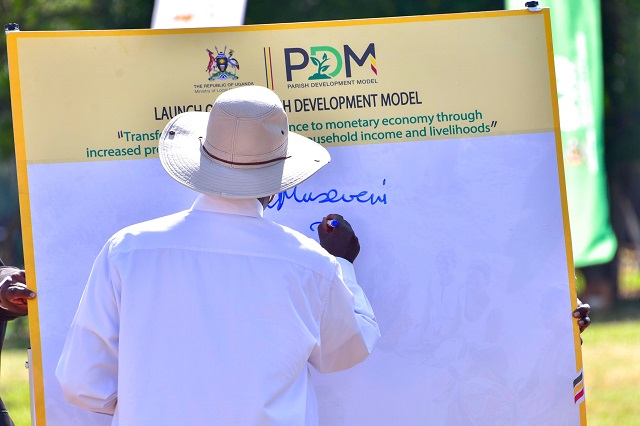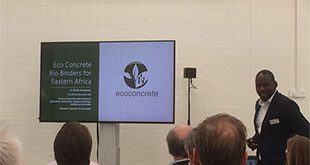
The success of the PDM is tied to how well the citizens understand the interventions of the model and their duties and obligations in these interventions
COMMENT | PHOEBE ATUKUNDA | On February 26, 2022, the President of the Republic of Uganda launched the Parish Development Model (PDM) aimed at increasing household incomes and improving the quality of life for Ugandan citizens in the subsistence economy. The PDM is a very good strategy that can transform this country and propel it to middle-income status if it is well implemented and citizens are effectively engaged in the implementation process.
Local sustainable development emphasizes the role of a community and one of the key prerequisites of this process is the active participation of citizens in the identification, planning, and implementation of their development priorities.
The World Bank recognises that the participation of citizens is an essential component of anti-poverty policies and programmes. Similarly, the United Nations Development Programme highlights the importance of citizen participation in programmes designed to reduce poverty. Invigoration of the local community’s role in resource mobilization, monitoring services delivery, demanding accountability from local leaders, and participating in the planning will be key if the PDM is to realise its cardinal goal of increasing household incomes and improving the quality of life of Ugandans.
While the PDM implementation guidelines for the different pillars recognise the importance of empowering and mobilising communities to be part of the solutions to local problems and participate in the development process as well as the success of the PDM, mobilisation alone is not enough if the urgent needs of the people are not considered. Citizens need to actively and regularly interact with local government structures and officials to ask questions.
The local government officials need to be available to provide education, information and manage expectations. Citizens need timely answers to the questions and information on the grey areas in the implementation of the PDM. The local government structures mandated with this responsibility should be readily available to provide feedback and solutions to emerging challenges raised by the citizens.
There must be a robust and functional feedback mechanism for the interventions under the PDM to succeed. For instance, Pillar 1 on Agricultural Value chain development thrives on the availability of timely and accurate information such as when to prepare the garden, when to plant, where to get good seeds, etc… The existing governance structure should actively engage citizens to know their information needs and other needs and be able to appropriately respond. This way the citizens will be able to trust the structures and constantly engage them for solutions thus completing the loop for demand and supply. This active citizen engagement will go a long way to also foster downward accountability from duty bearers at the local government level.
There are however preconditions necessary for such community engagement to happen which include: Making sure that citizens understand the purpose of the PDM, and the purpose should be clear to all stakeholders concerned. The Local Governments must be adequately prepared on the expectations of the model and how these will be met.
The Ministry of Local Government should work with other implementing Ministries, Departments, and Agencies (MDAs) to ensure that all guidelines for each pillar are well disseminated to all stakeholders. There should be consistency in the message pushed forward by both technical leaders and politicians so that citizens do not get confused. There is should be clear coordination of stakeholders, interventions, and structures right from the village to the president’s office. The Local Governments should have adequate staff to undertake citizen engagement, provide timely information and appropriately respond to citizen needs. The MDAs should provide adequate resources to local governments to ensure that they undertake intense citizen engagement.
Thus, the success of the PDM is tied to how well the citizens understand the interventions of the model and their duties and obligations in these interventions. This calls for the Local Government and other relevant structures to burn their oil and get down to these communities and understand their needs and appropriately respond to a myriad of their concerns.
****
 Phoebe Atukunda is a Research Fellow at ACODE
Phoebe Atukunda is a Research Fellow at ACODE
 The Independent Uganda: You get the Truth we Pay the Price
The Independent Uganda: You get the Truth we Pay the Price



